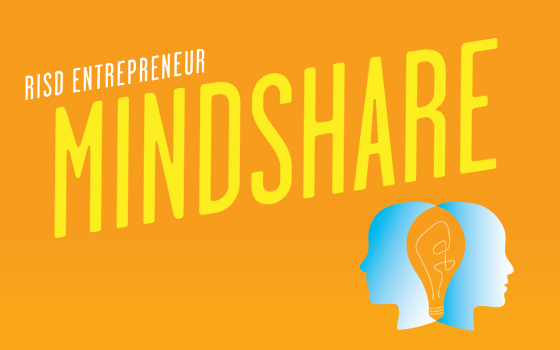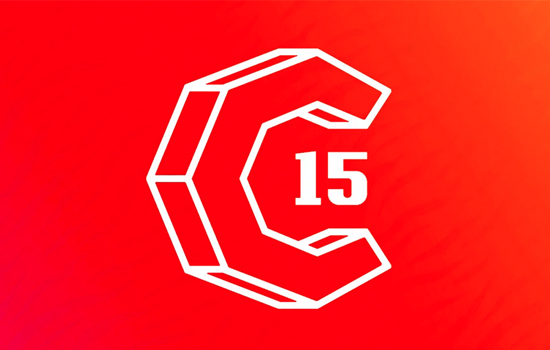Debbie Millman
President, Design Group,
Sterling Brands
Debbie Millman has been in the design business for the last 20 years fulfilling her dream of working in branding and furthering the meaning, purpose and stature of brands in our culture. Debbie is a Partner and President of the Design division at Sterling Brands, one of the leading brand identity firms in the country. She has been there for twelve years and has had the good fortune to work with clients such as Gillette, MTV, Star Wars, Nestle, Pepsi and Campbells. Debbie is a board member of the National AIGA, and teaches at the School of Visual Arts and the Fashion Institute of Technology. She is also an author on the design blog Speak Up, a contributor to Print Magazine and she hosts a weekly internet talk show on the Voice America Business network titled Design Matters. She is the author of How To Think Like A Great Graphic Designer, and Essential Principles of Graphic Design.
CB: What fascinates you about the web?
DM: So much fascinates me about the web! I am obsessed and addicted to the web and I am enthralled by the power to find information, to uncover new places, voices, opportunities and opinions. I also love that in many ways, it is a great equalizer. Almost anyone can publish, create, and communicate when you are online.
[Editors Note: Ill say! Debbie is way out of our league. Only the equalizing power of the internet, and Debbies kindness, of course, could make this interview happen.]
CB: What would you change about it?
DM: Any new innovation is not without its foils; if I could I would prevent the sexual abuse and misuse currently being employed in the dark corners of the web.
CB: Do you have a blog? If so, what makes yours unique?
DM: Yes, I have a blog. Nothing makes it unique, other than the fact that it is mine.
CB: What technology has had the greatest impact on how you do your job?
DM: My iPhone. It is the one device that has everything I need: the Internet and email, a phone, GPS, music, and a camera. It also looks really cool.
CB: Who has influenced or helped you the most in your career?
DM: Probably every single person in my book, How To Think Like A Great Graphic Designer has influenced my career. That is part of what was so remarkable about being able to do that book. I think almost every single person featured in it had a profound influence on me, and on the way I think.
If I had to pick specific people out, I’d say Carin Goldberg, Paula Scher, and Emily Oberman. Some other people that aren’t in the book that I might also add to the list would be Ellen Lupton and Marion Bantjes.
Aubrey Balkind, my former boss at Frankfurt Balkind, said two things to me that impacted my career. One statement was that he would hire me, but not as a designer. The other was when I was leaving. I told him that I was going to work in brand identity, he just nodded his head and said, “You’re going to’ do well in package design.” When I left, I started working full-time in package design and that really was my niche. I found what I was meant to do in graphic design from that point.
CB: What makes you uniquely suited to your role at Sterling Brands?
DM: I take new business and design presentations very, very seriously. I prepare every second of every day–as every experience and every observation of the world contributes to how I present and what I present. I read a tremendous amount: newspapers, magazines, blogs, news sites, and media sites, basically anything I can get my hands on or head around. That being said, I also do a substantial amount of research before I make a professional presentation: I investigate everything I can about a company and gather and read as much as possible. I believe that presentations are as much about communicating how much you understand a potential client as it is about communicating who you are and what you stand for.
I also believe in relentless preparation–Rudy Giuliani used to say that for every hour he spent in court, he would spend four hours preparing! I dont necessarily go to that extreme, but I do prepare quite a bit. I like to try and have as a goal that nothing unanticipated will happen (which is virtually impossible, but its a goal!) and to insure that, I find it is helpful to visualize every scenario and rehearse as much as you can. It is also helpful to anticipate the questions you might be asked–as well as the worst-case scenario (what will you do or say if your client hates everything???) in order to get you through anything that might happen. I also find it is beneficial to instill preparedness in others.
I also make sure that I have a sound strategic point of view and philosophy. Who we are as designers and what we believe in is as important as our ideas.
CB: What makes Sterling a cut above its competitors?
DM: I am not exactly sure! Maybe our passion, our intelligence and our honesty? Maybe our talent? Maybe our funny personalities and alarming wit? Maybe you should ask our clients. I think they are more qualified to answer the question.
CB: If you had one sentence to pitch a potential client, what would it be?
DM: “How can I help you?”
CB: I believe that everyone has a specific and unique talent that comes in handy at just the right time. It might be something most people know about you or something very few know. What is your super-power?
DM: Two things:
One: I can write mirror backwards. In script and in print, and I can also write simultaneously frontward and backwards with both hands at the same time. You can see an example here:
Two: Sometimes, I can tell what people are thinking about design and instantly understand what will and won’t work in the marketplace. Kind of like Cayce Ballard in Pattern Recognition. But that only happens sometimes.
CB: If the worlds technological and economic systems were to collapse and revert society to locally-focused, agrarian communities, what role would you assume?
DM: I would be a peacemaker.


